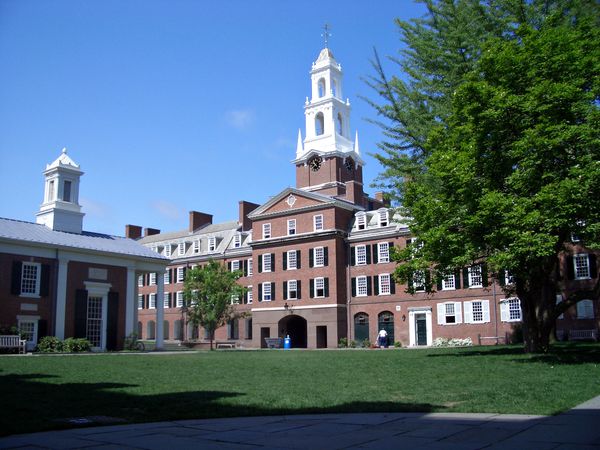During my first watch-through of the 90’s cult classic television show Buffy the Vampire Slayer, I found myself overjoyed at Willow’s romance with Tara, one of the first instances I had seen of a same-sex couple on television despite watching the series around 2012. I was so excited to see a strong female character not be defined by her sexuality or used solely as a stereotype character, having had relationships with both men and women.
As the series went on, though, something about the portrayal of Willow’s sexuality began to bother me. She never became a stereotype, but she began to identify as a lesbian with no interest in men. Even under a spell that attracts all women to a young man, she suggests using her Wicca mojo to turn him into a woman in order to be with him. Willow becomes repulsed at the idea of being with a man. While it is important to respect that some women may experience a change in their sexuality as they age and choose to identify as either gay or straight even if they have had meaningful relationships with multiple sexes, I see this as an instance of a bigger issue in the media: bisexual erasure.
Bisexual erasure occurs when sexuality is painted as being a black or white issue; everyone is assumed to be gay or straight without any identities in between. In the media, it is not as uncommon or taboo to see a homosexual character as it once was with a representation of queer characters overall on the rise and improving, but bisexual characters remain obscure. For instance, based on GLAAD’s 2014 Where We Are on TV report, only 4 percent of regular characters on broadcast television are LGBT, but of the 65 regular or recurring queer characters on broadcast networks, only 12 or 18 percent are bisexual. Based on the percentage of Americans self-identifying as bisexual in Center for Disease Control and Prevention poll from that same year, there is an order of magnitude difference in bisexual representation on television compared to the 0.7 percent Americans actively identifying as bisexual. Even shows that represent multiple sexualities can fall into the trap of bi erasure. We can see young men and women come into their sexual identities on Glee, but despite the seeing multiple characters experiment with both same-sex and heterosexual relationships, only one character choices to identify as bisexual.
While comic books tend to fare better in terms of diversity with new characters and changes to old ones, mainstream media still seems unaccepting of bisexual or omnisexual characters when comics are adapted for television or the big screen. Take, for instance, Constantine’s adaptation to both film and television. The character is openly bisexual in the comics, seen getting out of bed with men in some panels. However, in both the 2014 NBC adaptation and the earlier 2005 film version, the character is not portrayed as anything other than heterosexual with the issue of sexuality particularly downplayed by NBC. Even in the Deadpool movie which was hyped to have the first openly queer superhero, we do not see any indication that Wade Wilson is or has ever been attracted to men, letting the director’s promise of his pansexuality fall flat. Those not well versed in the comics would not be able to catch on to subtle hints that the protagonist is not heterosexual. Both of these characters being more openly bisexual in their film adaptations would have represented not only the bi community but also bisexual males that are depicted even less frequently than their female counterparts.
Erasing bisexual characters is leading to real life issues for adolescents that fall somewhere along the vast spectrum of sexualities. Seeing this strict dichotomy only serves to reinforce the idea that bisexuals lack a legitimate identity. They are left to feel too queer for the straight community and not queer enough for the LGBTQ+ community (despite literally having a letter in the initialism). Stereotypes that bisexuals are merely experimenting or testing their sexuality are reinforced when a television character, whether it be Willow on Buffy or Quinn or Santana on Glee, decides to ultimately stick to one end of the spectrum and dismiss any relations they had that do not fit with their current identity. Only seeing gay or straight characters in the media reinforces the idea that they need to “pick a side;” many may force themselves into using one label or the other with much discomfort and guilt in still finding attraction to multiple sexes even if they show a preference for one side or another. If Willow can pick a side, why can’t they?
The answer to this question is fairly obvious: they cannot pick a side because they do not belong to one side or another. Sexuality falls along a gradient of many shades, not just black or white. The sooner the media starts showing more fluidity in sexuality, the better it will be for those still forming their identities.





















